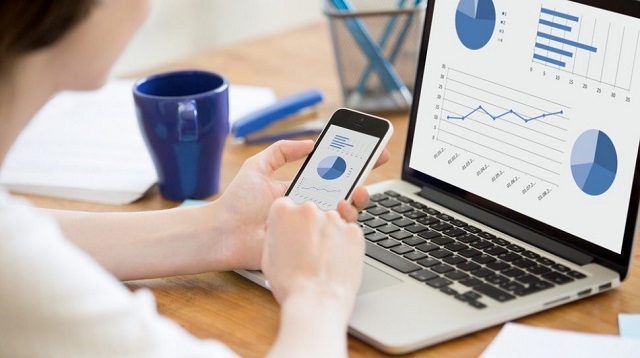Whether you want to send a large video file from your HP device to your laptop or access important documents from your laptop on your mobile phone, there are several convenient ways to transfer files between these two devices. In this article, we discuss some of the most popular and effective methods to transmit files from laptops to mobile phones and vice versa.
Method #1: Transfer Files Using a USB Cable
One of the most straightforward ways to transfer files between your laptop and mobile phone is using a USB cable. This is a physical connection method that allows you to transfer files from your mobile device to your laptop and vice versa. Most modern laptops and mobile devices come with USB ports that you can use to connect them. To transfer files, connect your mobile phone to your laptop using a USB cable and then navigate to the file or folder you want to transfer. Copy the file and paste it to its destination folder on your laptop.
Method #2: Use Cloud Storage Services
Cloud storage services like Google Drive, Dropbox, OneDrive, and iCloud are great options for transferring files from your laptop to your mobile device and vice versa. They let you store files securely in the cloud and access them from anywhere using an internet connection. With a cloud storage service, you can upload files from your laptop and access them on your mobile device or upload files from your mobile phone and access them on your laptop. All you need is a reliable internet connection and an account with any of the popular cloud storage services.
Method #3: Transfer Files via Email
Another simple and effective way to transfer files between your laptop and mobile phone is using email. Email services like Gmail, Yahoo Mail, and Outlook let you send and receive files of varying sizes. To transfer files via email, open your email account on your laptop or mobile phone and compose a new message. Attach the file or folder you want to send and enter the recipient’s email address. Send the email, and the recipient can access the file from their laptop or mobile device by downloading the attachment.
Method #4: Use Bluetooth Connectivity
Bluetooth is a wireless technology that lets you transfer files between your laptop and mobile phone without the need for a physical connection. This method is particularly useful for users who don’t want to carry a USB cable or use cloud storage services. Both your laptop and mobile phone must have Bluetooth connectivity for this method to work. Pair your laptop and mobile phone, and then select the file or folder you want to transfer on your laptop. Choose the option to send the file via Bluetooth and select your mobile device as the recipient. Accept the file transfer request on your mobile phone, and the file transfer will begin immediately.
FAQs
Q1. Is it safe to transfer files between my laptop and mobile phone using Bluetooth connectivity?
A. Yes. Bluetooth uses a secure wireless connection to transfer files between your devices. However, you should take care to pair your devices in a safe environment and avoid pairing with unknown devices.
Q2. What is the maximum file size I can transfer between my laptop and mobile phone using email?
A. The maximum file attachment size varies depending on your email service provider. For instance, Gmail allows a maximum size of 25 MB, while Outlook allows 20 MB for regular attachment and up to 100 MB for OneDrive attachments. Check with your email service provider to know the maximum file size you can transfer via email.
Conclusion
Transferring files between your laptop and mobile phone is easier than ever with the numerous options available today. You can choose to transfer files using a USB cable, through cloud storage services, via email, or using Bluetooth connectivity. Each method has its advantages and disadvantages. Choose the method that suits you best depending on the file size, your internet connectivity, and the devices you’re using.



